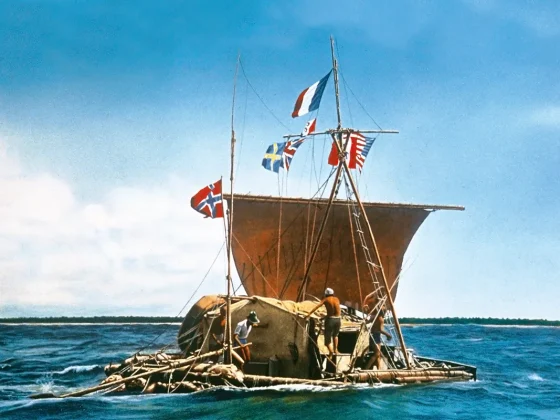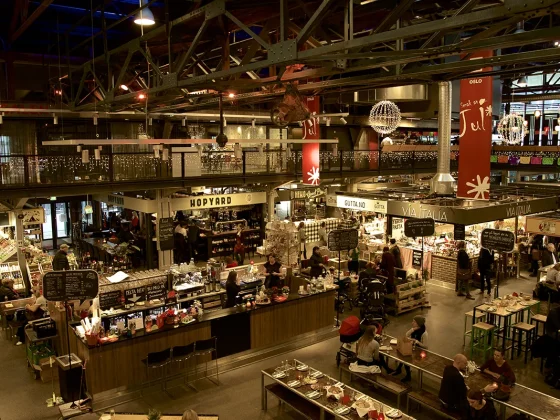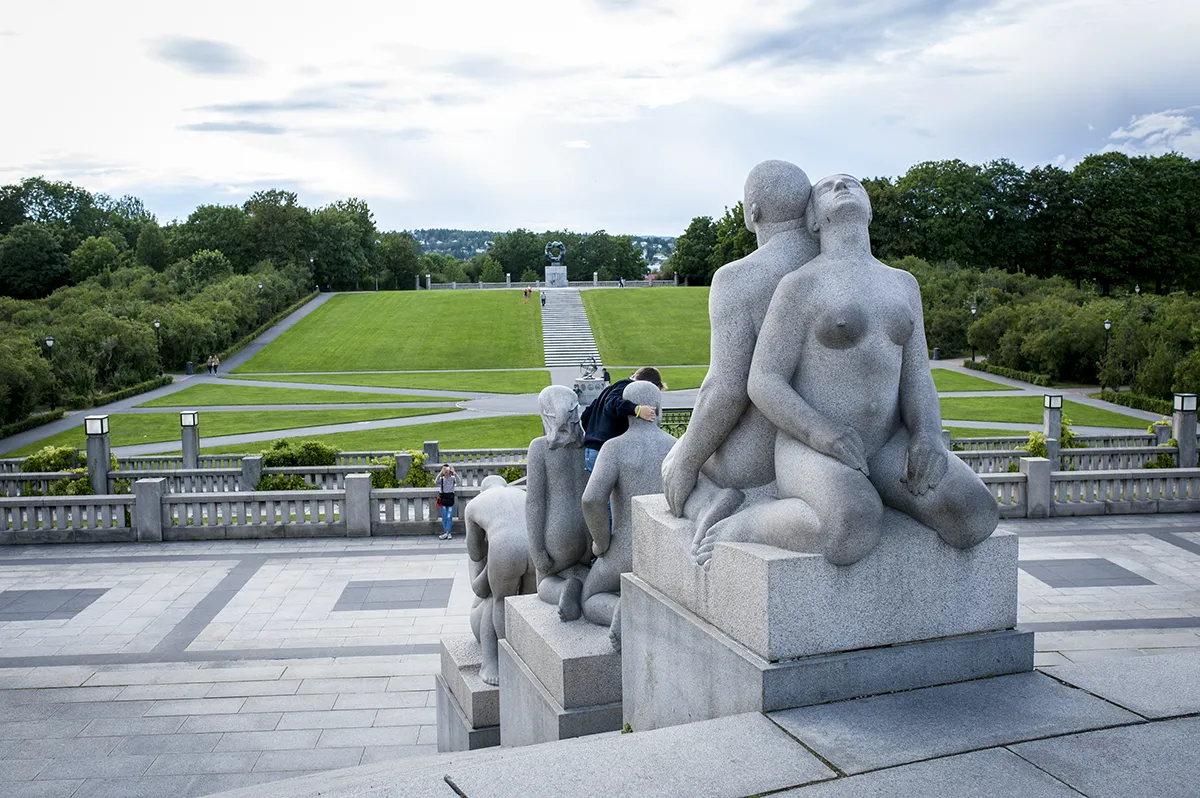
Photo: VisitOSLO/Thomas Johannessen
The sculpture park is Gustav Vigeland’s life work, comprising over 200 sculptures in granite, bronze and wrought iron. It was installed mainly in the period 1940-1949, but is nevertheless a result of over 40 years of work. The starting point for the park is Vigeland’s Fountain, which was originally meant to be placed at Eidsvolls plass in front of the Parliament. These plans were never realized, and the Fountain later became part of Vigeland’s more extensive park plans.
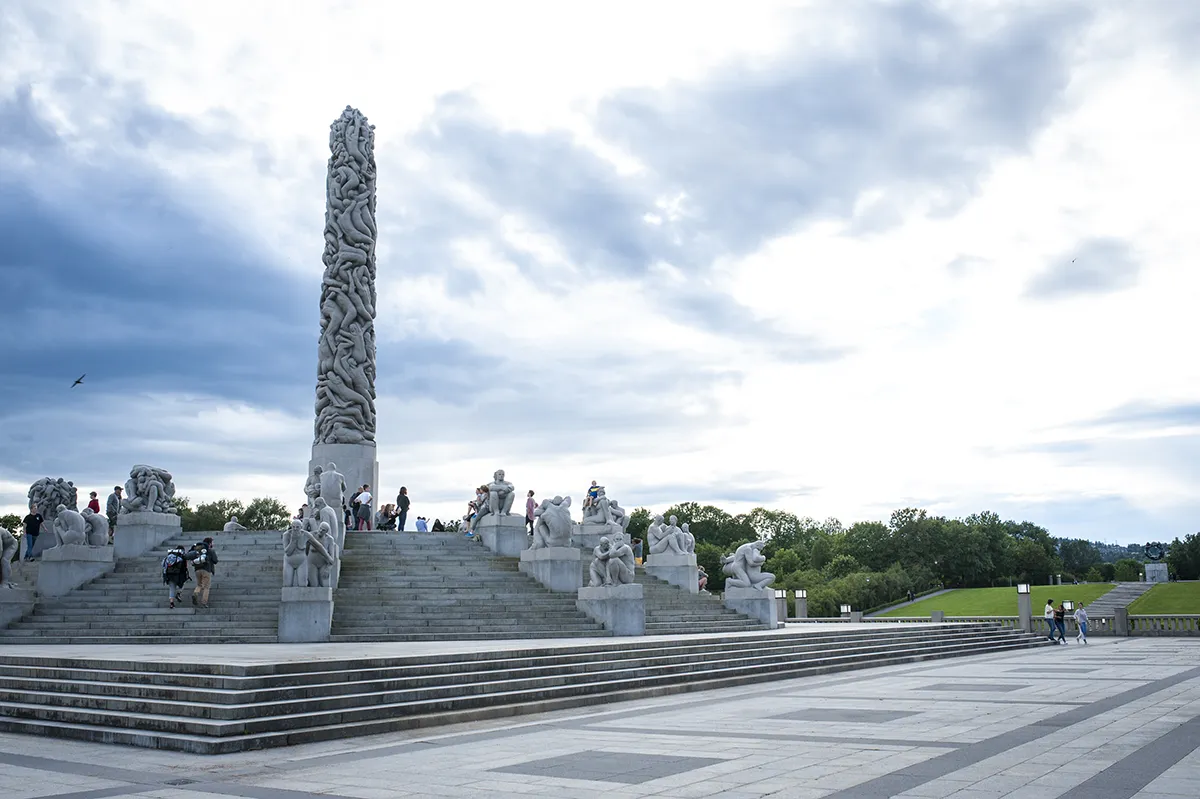
Photo: VisitOSLO/Thomas Johannessen
The Monolith
The Monolith stands at the highest point in Vigeland Park, and measures 17 meters above ground. The sculpture is carved out of one stone block, hence the name. The stone was originally shot out of the quarry in Iddefjord, Norway, and transported to the park during the late 1920s.
The sculpture depicts 121 human figures clinging and floating together. There’s women and men of different ages, and the top of the Monolith is crowned with children. The sculpture has been interpreted as a kind of vision of resurrection, and our longing and striving for spirituality.
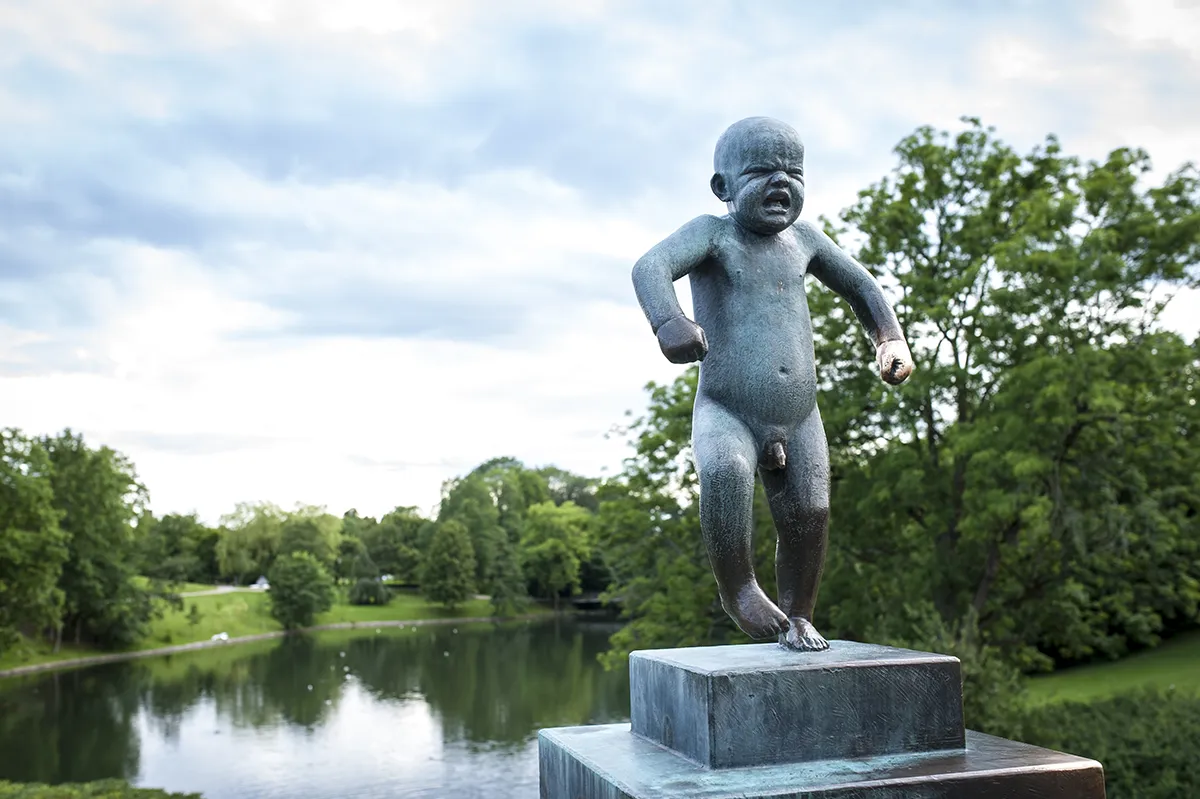
Photo: VisitOSLO/Thomas Johannessen
The Bridge
The Bridge‘s 58 bronze sculptures show a rich variety of children, women and men of different ages. Here you find the iconic little boy Sinnataggen (The Angry Boy). Shared themes for the sculptures on the Bridge are play, lust, energy and vitalism.
Vigeland modeled these sculptures in the period 1925-1933. They were some of the first sculptures that were mounted in Vigeland Park in the early 1940s.
